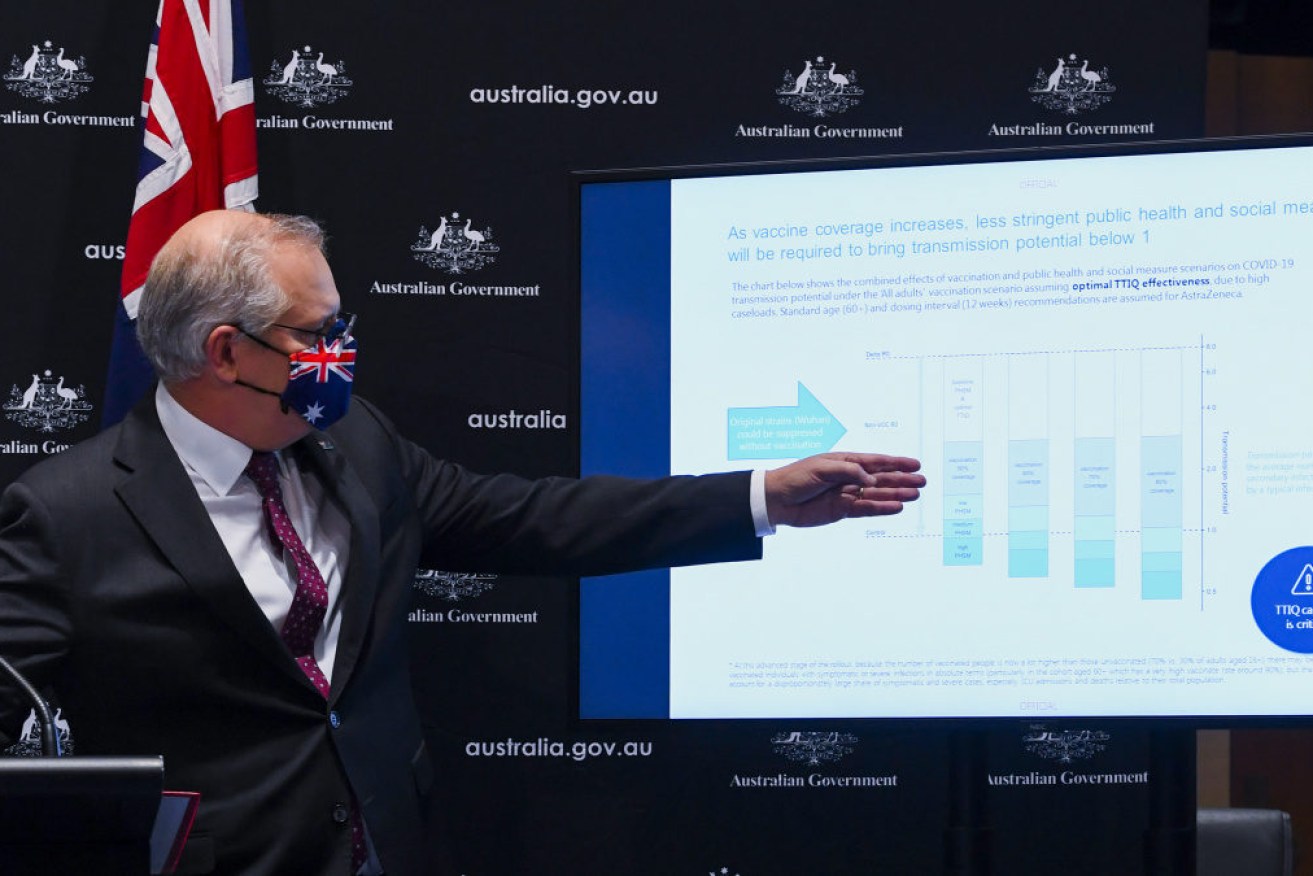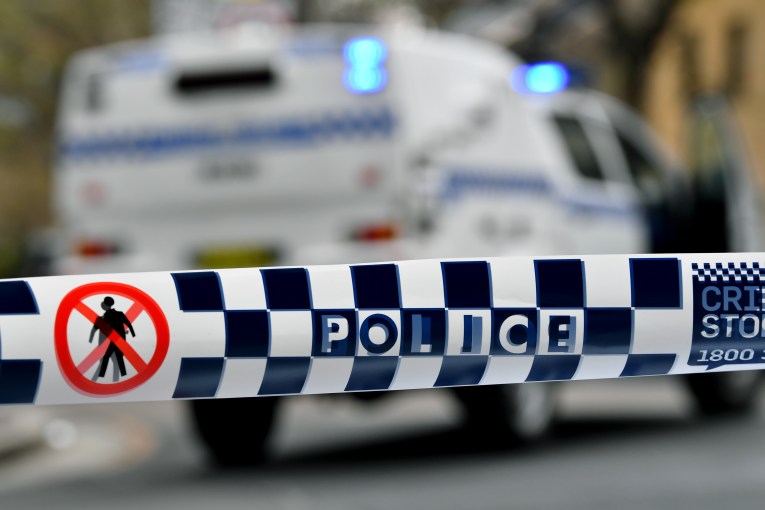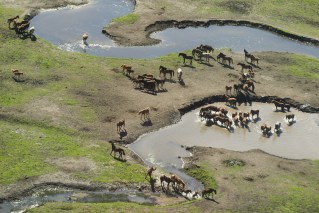‘There will be deaths’: Govt’s blunt warning on COVID reopening


The Doherty Institute's modelling has been the flashpoint for the latest interstate COVID stoush. Photo: AAP
The nation’s chief medical officer says Australians need to adjust their mindsets around COVID and be prepared for cases to rise when the country reopens, warning “there will be deaths” as the country emerges from the pandemic.
It comes as world-leading scientific modelling on the virus makes the case for young people to be vaccinated earlier than projections, with new evidence that they are “peak transmitters” of COVID.
It’s now likely that 30-year-olds will get access to Pfizer as early as August, and teenagers in October.
On Tuesday, Prime Minister Scott Morrison officially released modelling from the Doherty Institute, which had been tasked with setting vaccination targets for reopening Australia under a ‘four phase plan’. The papers set out Doherty’s reasoning for setting 70 and 80 per cent thresholds for phase B and C respectively, saying it would be irresponsible to open earlier.
“At 70 per cent vaccination coverage, the number of strict lockdowns would be significantly reduced,” the Doherty modelling states.

Photo: Doherty Institute
The world-renowned scientific institute said it was “not possible to constrain an outbreak in phase B using light restrictions” at only 60 per cent vaccination, saying “rapid epidemic growth and high caseloads” would be expected.
Doherty said “extended and stringent social measures” would be needed to control a large outbreak at 60 per cent vaccination.
The Doherty modelling said the increased transmissibility and infectiousness of the Delta strain meant lockdowns alone were no longer enough to restrict cases. Instead, high vaccination rates were also needed.
Mr Morrison said he wanted “to get Australia in a position where we are living with the virus”.
The progression through phase B and C of the reopening plan means key COVID restrictions like mandatory hotel quarantine and lower reliance on lockdowns – which have kept Australia safer and less affected by the virus than other nations – will scale back.
However, he noted Australia would likely still have “sensible living with COVID precautions” for some time. Doherty’s modelling is also based on Australia maintaining its test, trace, isolate and quarantine (TTQI) procedures, and “continuous low level social restrictions”.
At a press conference in Canberra, The New Daily asked Mr Morrison what “baseline” level of cases and deaths Australians should expect, once key restrictions end but vaccinations rise.
Mr Morrison conceded Australia’s unofficial strategy of ‘COVID zero’ would need to be abandoned once phase B began, saying he would “envisage a change in what we’re managing.”
“We are moving from managing and suppressing cases … our focus [will be] on managing hospitalisation, serious illness, and of course fatalities.”

Doherty Institute’s Professor Jodie McVernon speaks via video. Photo: AAP
Mr Morrison said the Doherty modelling found that, once adult vaccination rates hit 80 per cent, “you are dealing with a scenario that is not unlike living with an infectious disease like the flu”.
“There will always be infectious diseases resulting in hospitalisation, and indeed death,” he said.
Professor Paul Kelly, the chief medical officer, was even blunter. He said the current national strategy, of “suppression with no community transmission”, wouldn’t be compatible in phase B – but high vaccination rates would have similar outcomes in terms of limiting serious illness and deaths.
“We need to move with that four-phase plan, to a different phase. We need to accept there will be cases, we need to accept there will be hospitalisations, there will be ICU admissions, and there will be deaths,” Professor Kelly said.
The modelling didn’t set out a baseline level of deaths expected in a normal year. However, it did say in a large outbreak that lasted for 180 days, with Australia at 70 per cent vaccination, about 1900 people would be expected to die, while about 390,000 – or 1.3 per cent of the population – would be infected.
In the same type of outbreak, but with added “low-level restrictions and optimal TTIQ” in Australia, those numbers would be reduced by 100-fold; down to 16 deaths and 2700 infections.
Professor Kelly added Australia would return to its original ‘suppression’ strategy, about minimising but “coping” with serious illnesses, and being realistic that transmission will occur like other infectious diseases.
“We need to revisit those plans and capacity of intensive care, hospital capacity, as well as continuing to have, and this is very clear from the modelling, the very best testing, tracing, isolation and quarantine,” he said.
The case for vaccinating the young
The Doherty modelling considered four ‘hypothetical’ strategies of vaccination. One was where older people are prioritised; one where all adults are given access equally; one where middle-aged people are prioritised; and one where younger people, who are not currently eligible for a jab, are quickly given access.
This last strategy, titled “transmission reducing”, was found to have the fastest and most dramatic effect on lowering transmission.

Photo: Doherty Institute
As seen in Sydney’s current outbreak, younger people and essential workers are being infected at higher rates, due to higher mobility and social interactions.
“Immunising younger people and reducing transmission is critical to maximising the gains of a whole population program,” said Doherty Institute Professor Jodie McVernon, part of the modelling team.
“It’s really the 20-29 years that are peak spreaders. They will bring COVID to their children and their parents.”
Professor McVernon said the modelling was based on an assumption that the 30-39 age cohort would get vaccine access from August 31, and the 16-29 group from October 11.
Under such a scenario, as modelled, transmission potential would plummet through November. It would be the most efficient of the four models.
Senior government sources told TND there was potential for the age groups to get vaccine access on those dates. But no official announcement has been made.
The Australian Capital Territory opened bookings for 30-39 year olds for Pfizer this week.
Doherty’s modelling found extending vaccinations to 16-30 year olds “offers greatest potential to reduce transmission even at lower coverage, reducing workplace absenteeism, clinical cases and deaths across the whole population”.
However, despite calls from other epidemiologists to include children in the roadmap, Doherty said extending jabs to 12 year olds “has minimal impact on transmission and clinical outcomes”.








